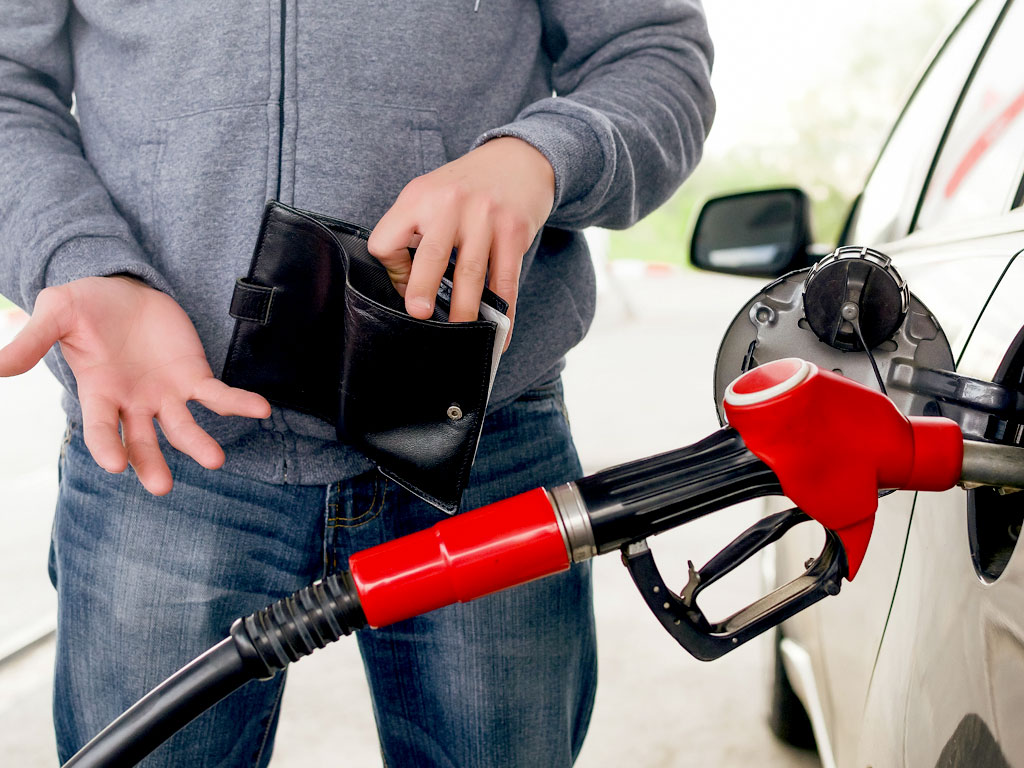Increase in prices of POL products

In a move likely to be heavily criticised all over the country, the government has increased the prices of domestic oil products by up to 6.45 percent with effect from 1st April, 2019. Petrol and diesel prices were increased by Rs 6 per litre each while those of kerosene and light diesel (LDO) were jacked up by Rs 3 per litre. The new price of petrol will now be Rs 98.89 per litre while price of high speed diesel has also been raised by Rs 6 per litre, lifting it to Rs 117.43 per litre. Similarly, the prices of light diesel oil and kerosene were increased to Rs 80.54 and Rs 89.31 per litre respectively. It may be mentioned that the government has not passed on the full price hike in the international market as calculated by Ogra. Based on the import parity price of PSO for purchase in March, Ogra had worked out about Rs 11.17 increase in the price of HSD per litre, Rs 11.91 hike in petrol price, Rs 6.65 rise in the kerosene price and Rs 6.49 increase in LDO price. Petrol and HSD are two major products that generate most of the revenue for the government due to their massive consumption, touching 900,000 tonnes and 700,000 tonnes per month, respectively, while the sales of kerosene oil and LDO are generally less than 10,000 tonnes per month. The government would continue to charge standard rate of 17 percent sales tax on petroleum products from 1st April, 2019. Sales tax on motor spirit, high speed diesel oil, kerosene and light diesel oil has been increased from 8 percent, 13 percent, 2.0 percent and 0.5 percent, respectively, to 17 percent in January, 2019 and the same standard rate will continue in April, 2019.
There is of course no doubt that the latest increase in the prices of POL products would have serious consequences for the economy and the lives of ordinary people of the country. As is usually the case in oil importing countries, the increase in oil prices is likely to slow down industrial activity and diminish the economic growth prospects, leading to further unemployment and poverty. Prices of all commodities and services will also increase in almost direct proportion to the rise in the prices of POL products. These negative developments are certain to deepen the deprivation of common man and likely to be very painful, especially at a time when the per capita income is almost stagnant, unemployment and poverty are already rampant and inflation is on the rise. Needless to mention that the rise in oil prices would be fiercely opposed by the opposition parties and the government will find it hard to defend the decision.
However, while the government has to bear the political cost of such an unpalatable decision, it must be realised that inaction on the part of government would have increased the budget deficit to unsustainable levels, forcing the authorities to borrow heavily from the banking system, leading to accentuation of price pressures and further depreciation of rupee. The government could have opted for a lower increase in oil prices if there was some fiscal space available in the budget but unfortunately, fiscal situation has been very poor during the current year due to a heavy shortfall in the projected revenues and a sharp increase in current expenditures on account of security-related spending. The problem of circular debt and increasing losses in the PSEs are still unresolved. The reduction of sales tax on POL products to keep their prices down was an option but it would have resulted in macroeconomic instability. The government, in our view, had hardly any choice in the matter; it has done what was probably unavoidable under the circumstances. In the meanwhile, let us hope and pray that the prices of oil in the international market revert to lower levels and the exchange rate of the rupee remains stable so that the government does not have to make such harder choices in future.
























Comments
Comments are closed.